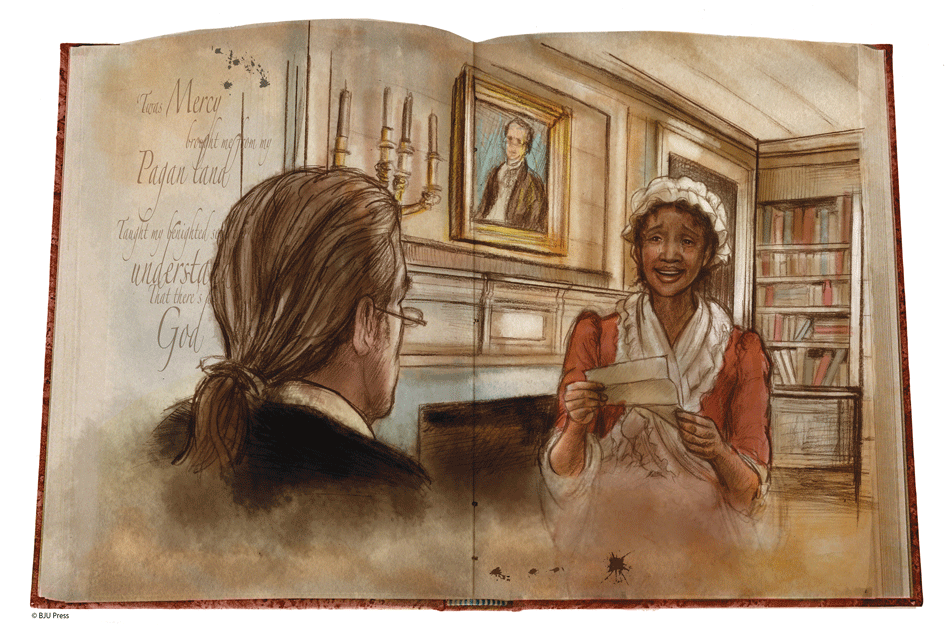Encourage children to count their blessings and share them with others by making these simple table decorations for Thanksgiving.
Materials Needed
The same materials can be used for both table decorations.
- Patterns: (centerpiece) double turkey; (placemat) leaves or single turkey
- Markers, crayons, color pencils
- Pencil or pen
- Scissors
- Glue (glue stick works best)
- Construction paper (optional for centerpiece)
- Clear contact paper (optional for centerpiece)

Thankful Turkeys Centerpiece
- Download and print out the double turkey pattern.
- Have the kids write out what they are thankful for on the turkey’s four feathers. (They can write the same or different things on both sides.)
- Let the kids decorate their turkeys by coloring in the body and feathers. (If you decide not to use contact paper, adding feathers, sequins, and fabric to the turkeys might be fun.)
- Make sure the kids follow the dotted lines to cut out the turkeys. (If you want to leave the legs, don’t forget to trace and cut around them!)
- Finally, have them fold the printout on the solid black line and set it on the table. (Tips: For added firmness glue the printout to a piece of construction paper before folding it; or cut out the optional bottom piece, fold on the solid black lines, and glue the flaps to both sides of the printout. For added protection trace over the dotted lines on both burkeys. Next, lay a piece of contact paper on the front side of the printout. The contact paper should overlap the edge of the printout by half an inch. Cut out the turkeys and fold the printout on the solid black line.)
Blessings Falling Down Placemat
- Download and print out the leaves pattern.
- Have the kids write out a blessing on each leaf.
- Let the kids color the leaves. (The kids only need to color the side they wrote on.)
- Make sure the kids follow the dotted lines as they cut out each leaf.
- Encourage the kids to write a title for their placemat on the piece of construction paper. (For example: “I am thankful for . . . ” or “My Blessings”)
- Have the kids glue the leaves to either side of the construction paper. (Preferred paper size is 9×12.)
- Cut out a piece of contact paper so that it overlaps the edge of the construction paper by half an inch. Place the construction paper onto the contact paper. Repeat the process so that both sides of the construction paper are covered and the contact paper is sealed; then trim the edges. (Optional: A placemat can also be made using the single turkey pattern.)
I hope you enjoy making these crafts. Making placemats was one of my favorite activities to do while growing up. In fact, I still use placemats, notepad paper, and 3×5 cards to help me reflect on the goodness of God. Teaching children to thank God for all things prepares them to trust Him in the future.
How do you encourage children to express thankfulness?
 Memorial Day, also called Decoration Day in some locations, began at the end of the Civil War. Hundreds of thousands of soldiers died during the War Between the States. Shortly after the war, women, freedmen, and veterans took time to visit the gravesites of those who had died in battle. Some even created monuments to honor their commanders.
Memorial Day, also called Decoration Day in some locations, began at the end of the Civil War. Hundreds of thousands of soldiers died during the War Between the States. Shortly after the war, women, freedmen, and veterans took time to visit the gravesites of those who had died in battle. Some even created monuments to honor their commanders. 
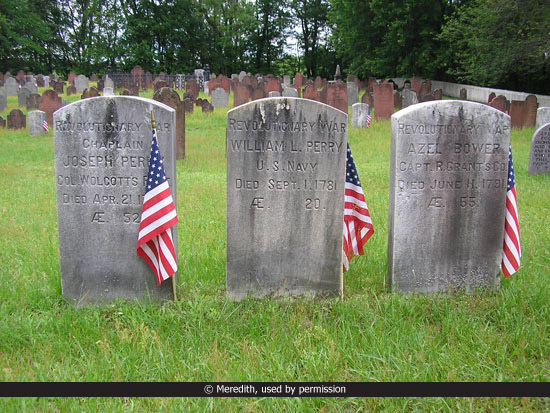
 Another way we honor these heroes is through the erection of monuments—to individuals, events, and wars. Here are several famous monuments located in the Washington, D.C., area.
Another way we honor these heroes is through the erection of monuments—to individuals, events, and wars. Here are several famous monuments located in the Washington, D.C., area.
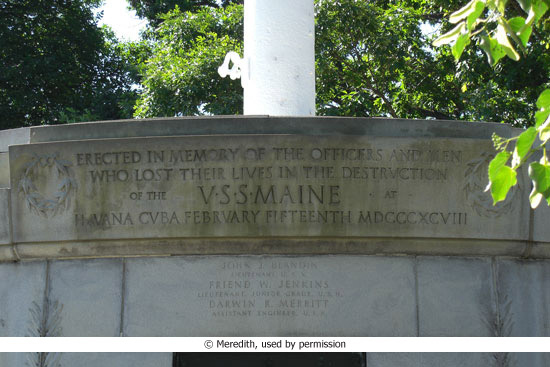
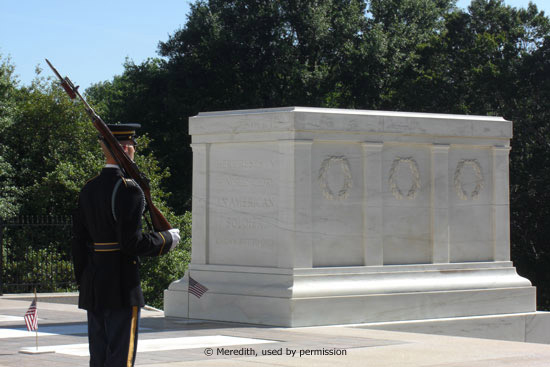
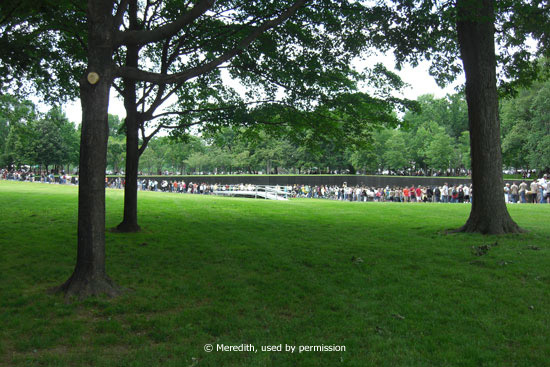
 Youth Activity Ideas for Memorial Day
Youth Activity Ideas for Memorial Day